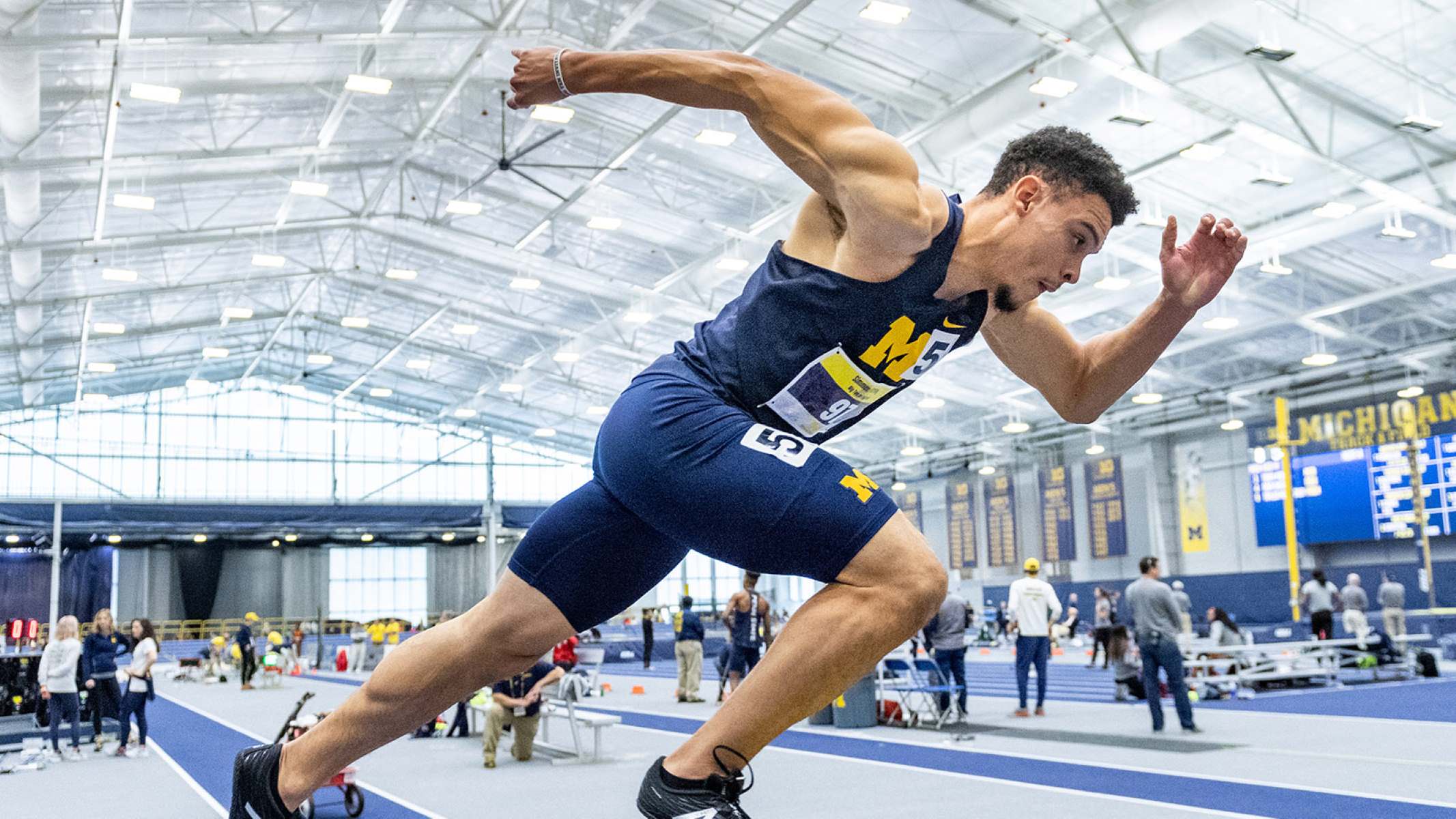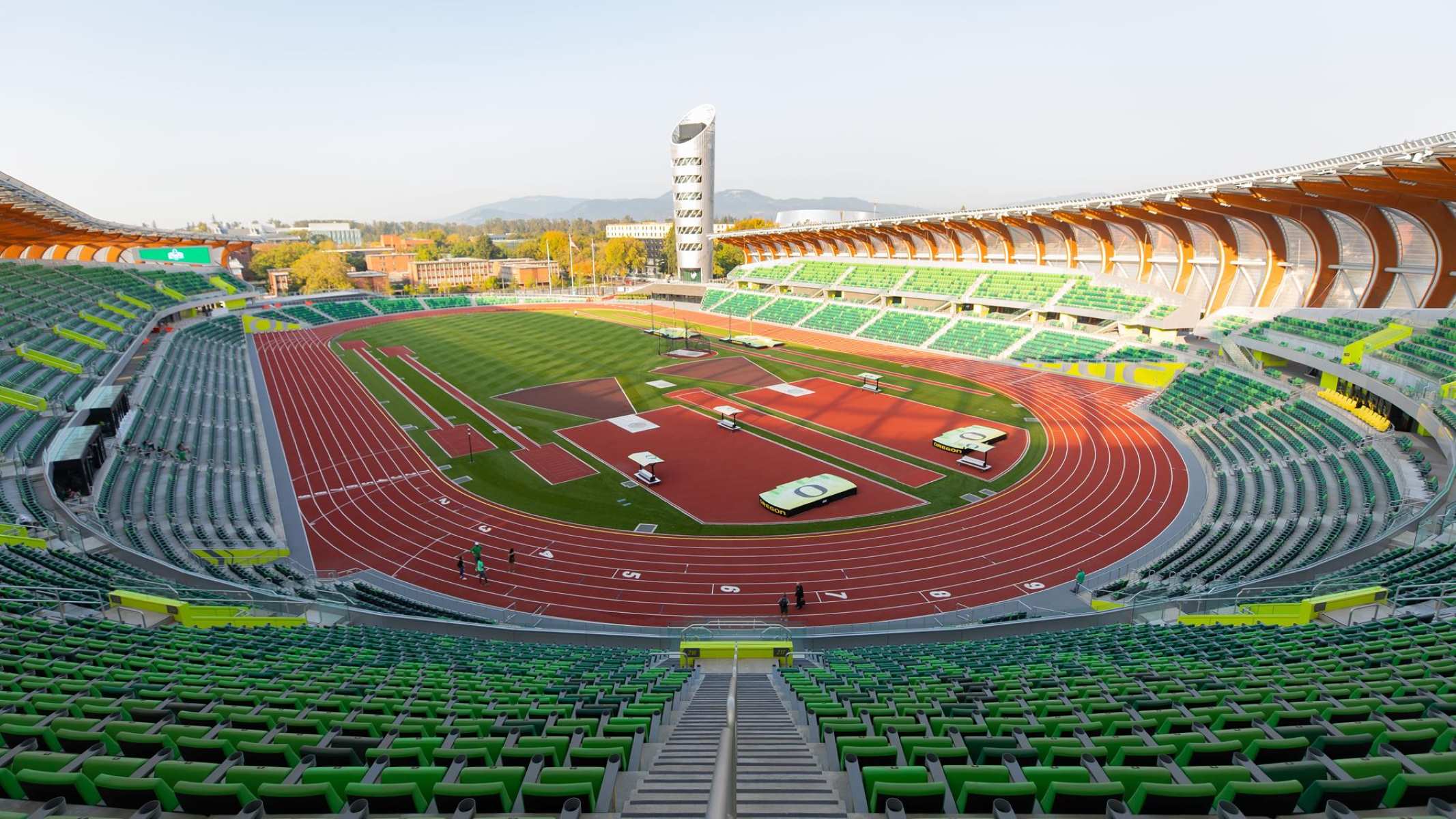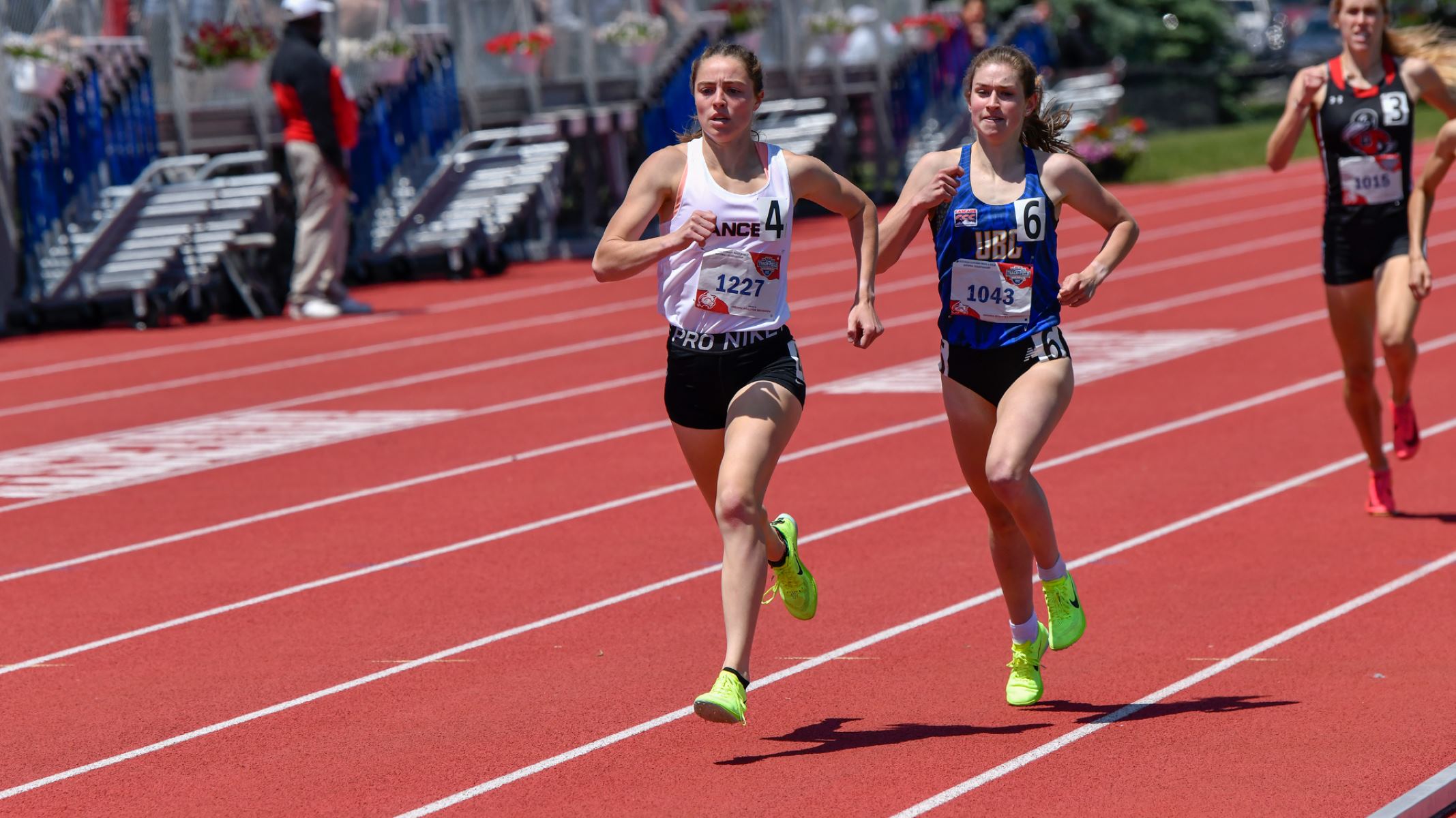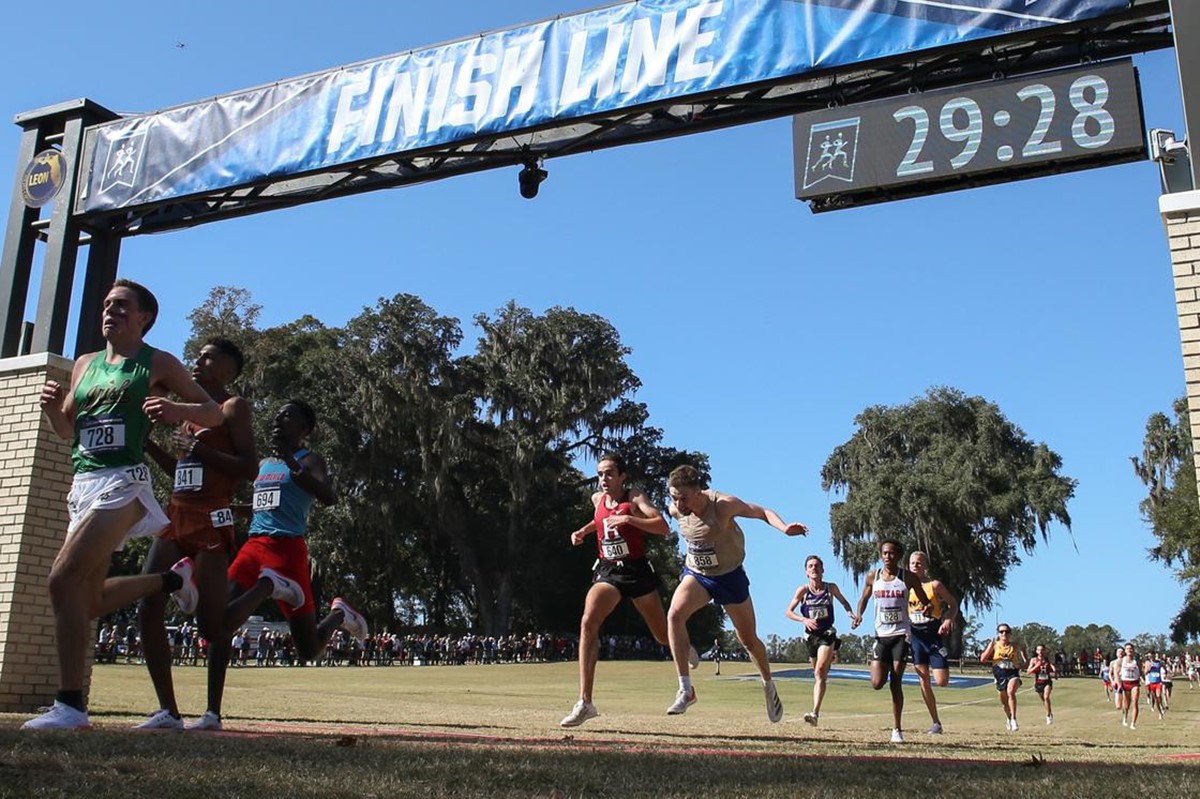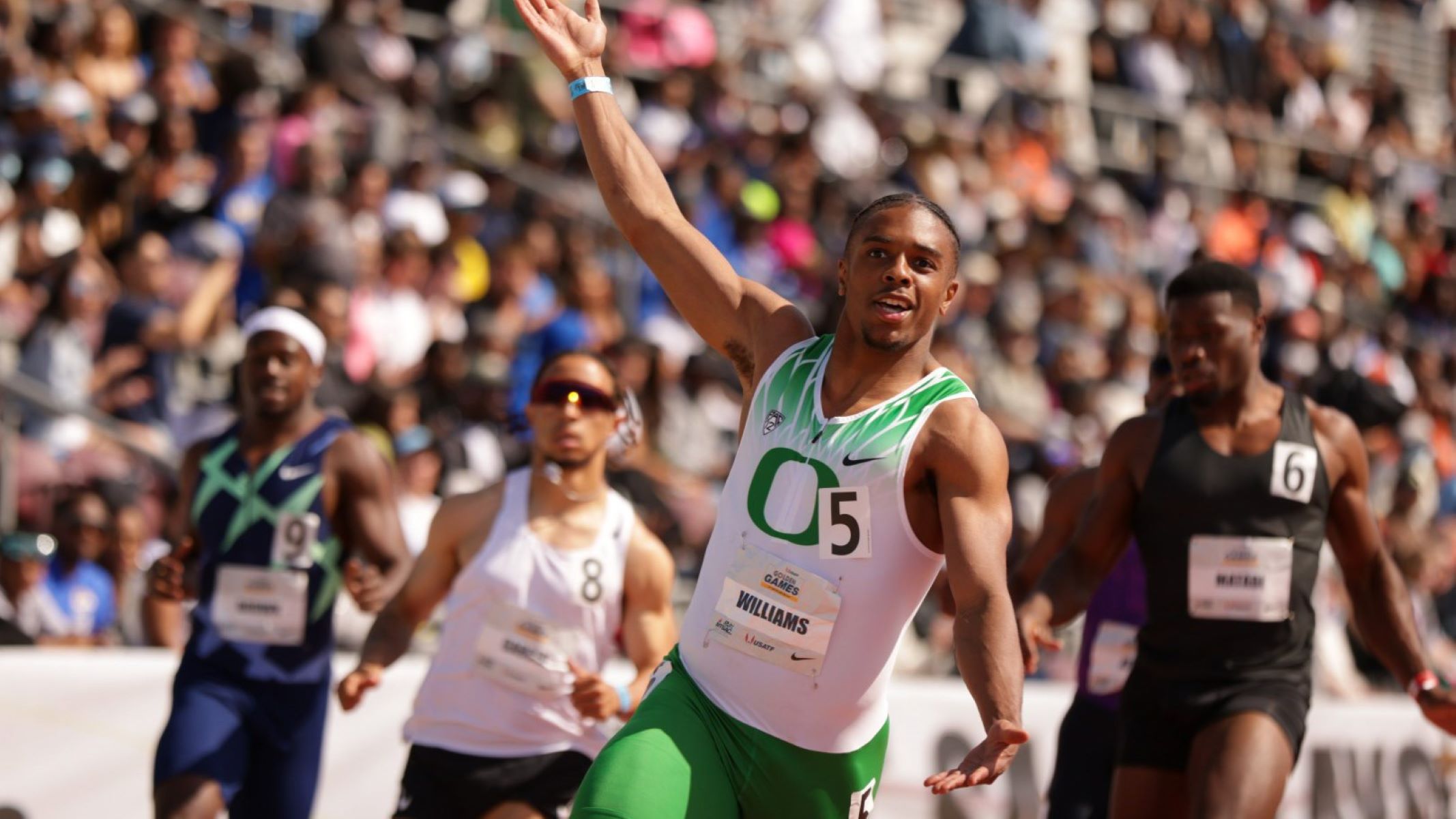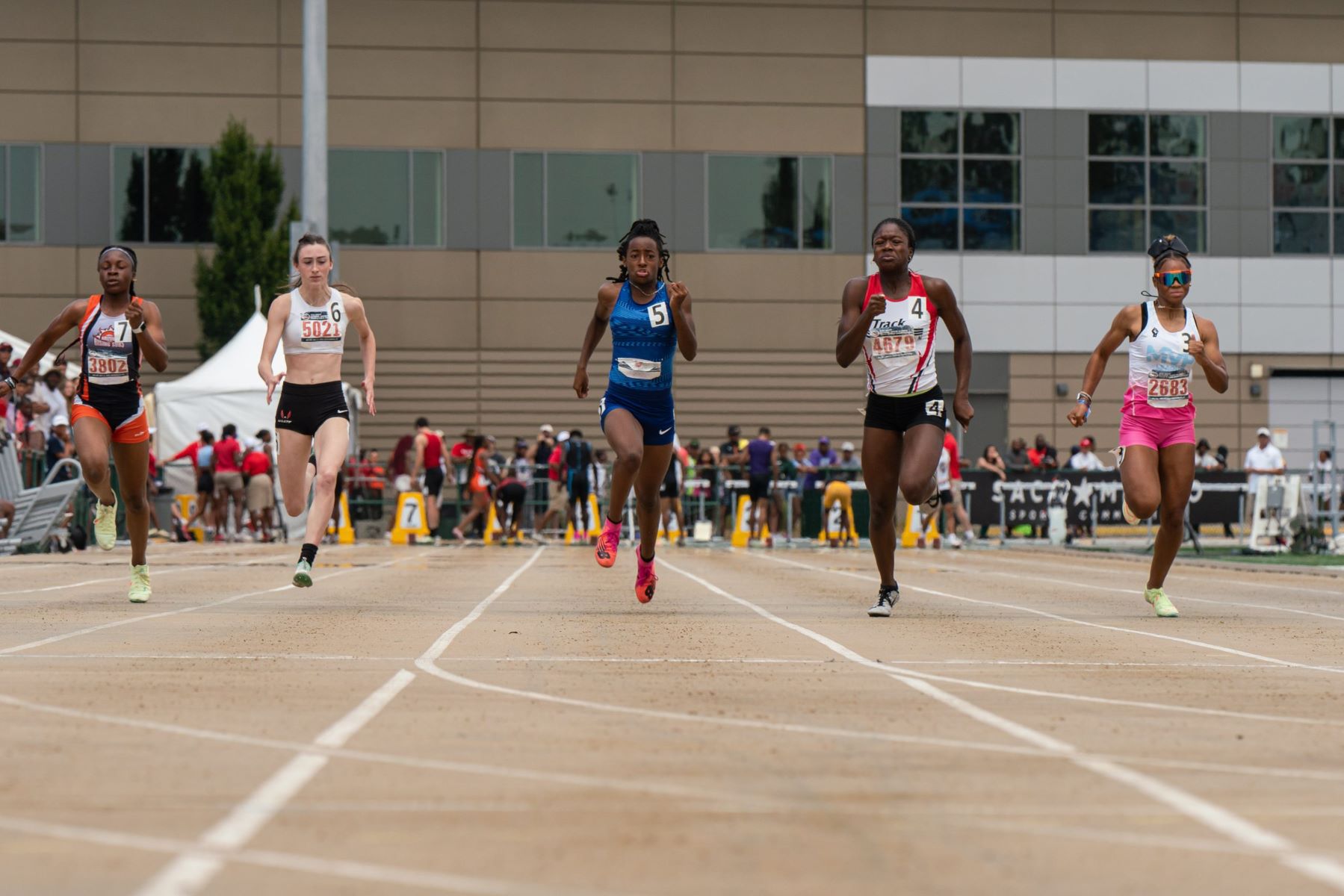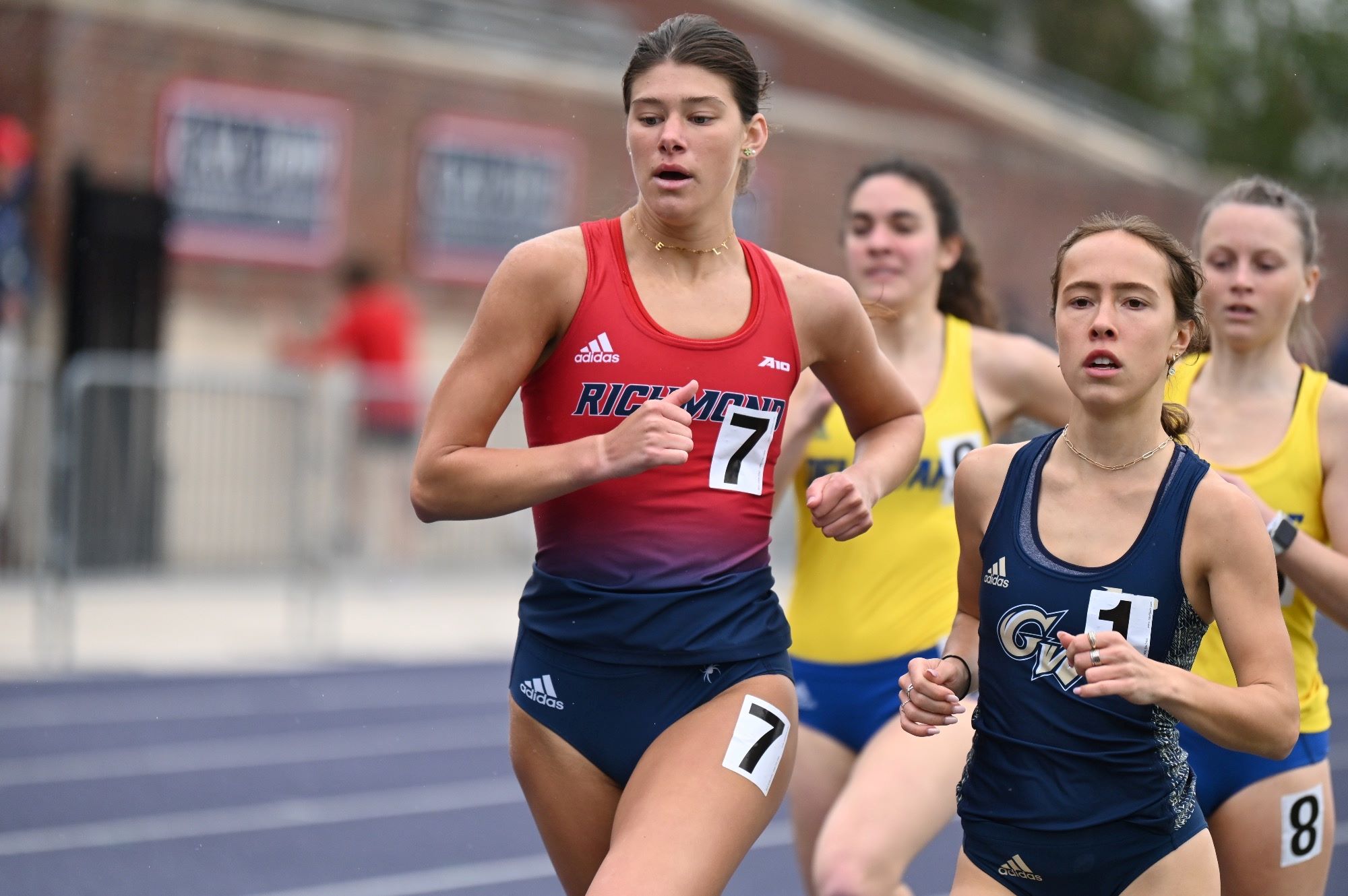Home>Misc>Featured>Why Does Northern Illinois University Not Have A Men’s Track And Field Team
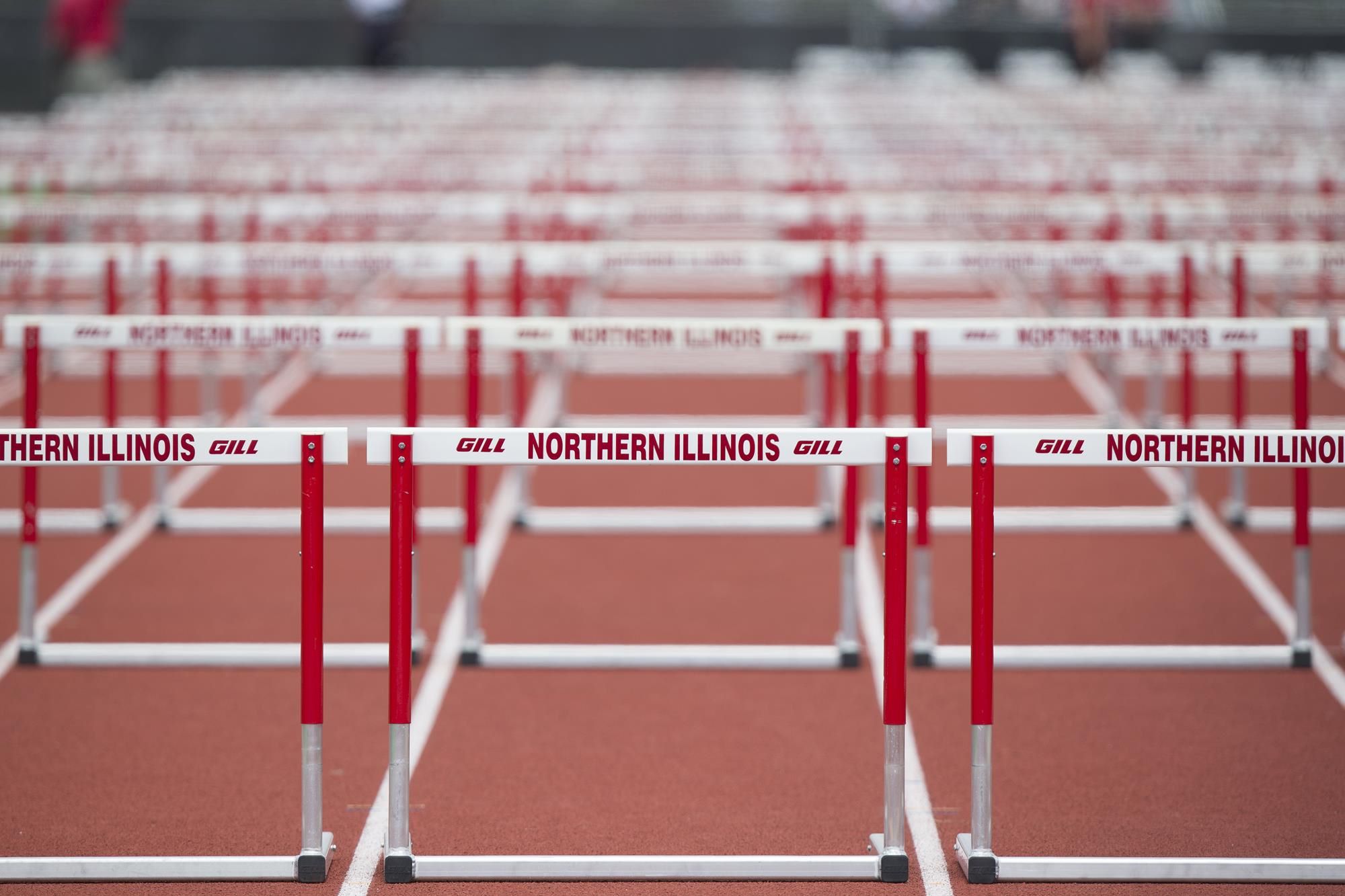

Featured
Why Does Northern Illinois University Not Have A Men’s Track And Field Team
Modified: August 21, 2023
Find out the reasons behind the absence of a men's track and field team at Northern Illinois University in this featured article.
Introduction
Welcome to Northern Illinois University, a renowned institution with a rich history in academics and athletics. As you peruse the roster of sports teams, you may notice a glaring omission: the absence of a men’s track and field team. This raises an intriguing question: why does Northern Illinois University not have a men’s track and field team?
In this article, we will delve into the history and factors that have contributed to the absence of a men’s track and field team at Northern Illinois University. We will explore the effects of Title IX, budget constraints, lack of demand and participation, and other factors that have influenced this decision. Additionally, we will examine the impact of this absence on student-athletes and the overall athletics program. Finally, we will propose alternatives and recommendations for the future.
While Northern Illinois University boasts a strong athletics program, with numerous successful teams, it is important to address and understand the reasons behind the absence of a men’s track and field team. By exploring these factors, we can gain insight into the complex dynamics that shape the composition of collegiate athletic programs.
Join us as we embark on a journey to unravel the mystery surrounding the absence of a men’s track and field team at Northern Illinois University.
History of Men’s Track and Field at Northern Illinois University
The history of men’s track and field at Northern Illinois University dates back to its early years. The university initially had a vibrant and thriving men’s track and field program, with athletes who achieved remarkable success on both the conference and national levels.
Throughout the 1970s and 1980s, the men’s track and field team at Northern Illinois University boasted a roster of talented athletes who excelled in various events, including sprinting, jumping, throwing, and distance running. These athletes brought recognition and accolades to the university, elevating its profile in the world of collegiate athletics.
Head coaches, such as John Bergen and Primo L. Cozzi, played instrumental roles in nurturing and developing the talents of these student-athletes. Under their guidance, the men’s track and field team at Northern Illinois University saw significant accomplishments, including multiple conference championships, record-breaking performances, and appearances in prestigious national meets.
However, as the years went by, the men’s track and field program faced various challenges that ultimately led to its discontinuation. These challenges included changes in university priorities, financial constraints, and evolving regulations within collegiate athletics.
Despite the rich history and past successes, the support and resources allocated to the men’s track and field program gradually declined. As a result, the team struggled to maintain the competitiveness and sustainability required to thrive at the collegiate level.
The discontinuation of the men’s track and field program was met with disappointment and frustration, not only from the athletes and coaches involved but also from fans and supporters of the sport at Northern Illinois University. The absence of a men’s track and field team has left a void in the athletic legacy of the university, erasing decades of achievements and memories.
While the men’s track and field program no longer exists at Northern Illinois University, it is essential to recognize and honor the contributions and accomplishments of the athletes and coaches who were part of its rich history. The memories, records, and experiences of past teams continue to serve as a testament to the dedication and achievements of those involved.
As we delve deeper into the reasons for the absence of a men’s track and field team at Northern Illinois University, it is important to acknowledge the impact and legacy of the program. The history of men’s track and field at the university serves as a reminder of the importance of supporting and nurturing athletic pursuits for both men and women.
Reasons for the Absence of a Men’s Track and Field Team
The absence of a men’s track and field team at Northern Illinois University can be attributed to a combination of factors that have influenced the decision-making process. These factors include Title IX implications, budget constraints, lack of demand and participation, and other considerations.
Title IX and its Implications: Title IX is a federal law that prohibits sex discrimination in educational institutions receiving federal funding. The law requires universities to provide equal opportunities for men and women in athletics. To comply with Title IX, universities often need to balance their sports offerings to ensure gender equity. While this law has resulted in significant progress for female athletes, it has also presented challenges for men’s sports that may have a lower participation rate or lack financial sustainability.
Budget Constraints and Resource Allocation: Like many universities, Northern Illinois University faces budget constraints that impact decision-making regarding athletic programs. Maintaining a collegiate sports team requires significant financial resources, including funding for facilities, coaching staff, equipment, and travel expenses. In cases where funds are limited, universities may have to prioritize certain programs over others, resulting in the discontinuation of certain sports.
Lack of Demand and Participation: The absence of a men’s track and field team at Northern Illinois University may also stem from a lack of demand and participation. Universities often assess the interest and participation levels of students in specific sports when determining program offerings. If the demand for men’s track and field is low or if there are not enough student-athletes interested in participating, it becomes challenging to justify the continuation of the program.
Other Factors Affecting the Decision: In addition to Title IX, budget constraints, and lack of demand, other factors may have influenced the decision to not have a men’s track and field team. This could include logistical challenges, such as scheduling conflicts, limited facilities, or difficulties in finding qualified coaching staff. Additionally, considerations related to the university’s overall athletic strategy and goals may have played a role in the decision-making process.
The absence of a men’s track and field team at Northern Illinois University is a complex issue influenced by multiple factors. While the reasons may vary from one university to another, a combination of Title IX implications, budget constraints, lack of demand and participation, and other considerations have contributed to this decision.
In the next sections, we will explore the impact of the absence of a men’s track and field team on student-athletes and the overall athletics program. We will also provide alternatives and recommendations for the future to address the challenges associated with the absence of this team. Let’s delve deeper into these aspects to gain a comprehensive understanding of the situation.
Title IX and its Implications
Title IX is a federal law that has had a profound impact on collegiate athletics, the effects of which can be seen in the absence of a men’s track and field team at Northern Illinois University. Enacted in 1972, Title IX aims to ensure gender equity in educational institutions, including athletics programs, by prohibiting sex discrimination and promoting equal opportunities for men and women.
Under Title IX, universities are required to provide equal opportunities and resources for male and female athletes. This means that universities must balance their sports offerings to ensure gender equity in athletic opportunities and resources. While the intention of Title IX is to promote gender equality and provide opportunities for female athletes, it can inadvertently create challenges for men’s sports programs.
Universities must assess and compare the participation rates of male and female athletes when making decisions about sports offerings. If the participation rates for men’s sports, such as track and field, are lower than the participation rates for women’s sports, universities may face pressure to either increase participation in men’s sports or eliminate certain men’s programs.
The financial implications of Title IX can also impact the sustainability of men’s sports. Universities must allocate resources for facilities, coaching staff, equipment, and scholarship opportunities for both men’s and women’s sports. In cases where university budgets are limited, maintaining multiple sports programs can be challenging. As a result, some universities may choose to discontinue or not establish men’s sports teams with lower participation rates or higher financial investment requirements, such as men’s track and field.
While Title IX has undoubtedly been instrumental in advancing gender equity in collegiate athletics, it has also presented challenges for universities in ensuring the viability of men’s sports programs. The absence of a men’s track and field team at Northern Illinois University is a reflection of the complexities and considerations that universities face in complying with Title IX while balancing budgetary constraints and student interest.
It is important to acknowledge that the implications of Title IX extend beyond the absence of a men’s track and field team. The law has opened doors for female athletes, providing them with opportunities and resources that were once limited. Through the increased support and visibility of women’s sports, Title IX has helped to create a more inclusive and equitable landscape in collegiate athletics.
In the next sections, we will further explore the impact of the absence of a men’s track and field team at Northern Illinois University and provide alternatives and recommendations for the future. By considering the implications of Title IX and other factors, we can work towards a more balanced and inclusive approach in collegiate sports.
Budget Constraints and Resource Allocation
In the realm of collegiate athletics, budget constraints play a pivotal role in determining resource allocation and ultimately influencing the existence and sustainability of sports programs. The absence of a men’s track and field team at Northern Illinois University is no exception, as budgetary considerations have likely played a significant role in this decision.
Allocating resources for a collegiate sports team involves various expenses, including facilities, coaching staff, equipment, travel, and scholarships. Universities must carefully balance their budgets and distribute resources to ensure the viability of all sports programs. However, limited financial resources can pose challenges and may necessitate difficult decisions, such as the discontinuation of certain programs.
Among the many factors considered when allocating resources, the financial viability and return on investment of a sports program are critical considerations. Discontinuing or not establishing a men’s track and field team may have been influenced by the financial expectations and investment required for the program’s success. Universities must assess the long-term sustainability of a program, considering factors such as recruitment, competition, facilities maintenance, and ongoing operational costs.
During times of budget constraints, universities often prioritize sports programs that are more financially self-sustaining or that have higher levels of interest and support. If a men’s track and field team does not garner enough financial support or has lower attendance rates, it may be at a disadvantage compared to other sports that generate more revenue or have higher demand.
Furthermore, universities may face competing demands for limited resources across various departments and programs. The decision to allocate resources to one area often means sacrificing resources in another. In this context, universities may prioritize areas with more immediate and tangible benefits, such as academics, facility upgrades, or high-profile sports programs that generate significant revenue and media attention.
The absence of a men’s track and field team at Northern Illinois University should be viewed within the complex landscape of budget constraints and resource allocation. While limitations in funding can pose challenges, it is important to recognize that universities must make strategic decisions to ensure the overall health and sustainability of their athletic programs.
In the next sections, we will explore the impact of the absence of a men’s track and field team on student-athletes and the athletics program at Northern Illinois University. We will also provide alternatives and recommendations for the future, taking into account the budget constraints and resource allocation challenges that universities face.
Lack of Demand and Participation
One significant factor contributing to the absence of a men’s track and field team at Northern Illinois University is the lack of demand and participation from student-athletes. Universities typically take into account the level of interest and participation in a sport when making decisions about program offerings.
When assessing the demand for a men’s track and field team, universities consider factors such as the number of student-athletes interested in participating, the level of competition, and the potential for success. If there is a limited number of student-athletes expressing interest or if the athletic department determines that there is not sufficient talent pool or competitive opportunity, it can impact the decision to establish or continue a men’s track and field program.
Universities strive to create a balanced and diverse range of sports teams that align with the interests and talents of their student body. If there is a lack of enthusiasm or interest in a particular sport, it becomes challenging to justify the allocation of resources and support required to sustain a team.
While the absence of a men’s track and field team may disappoint individuals passionate about the sport, it is crucial to recognize that university athletic programs aim to provide opportunities for student-athletes who can contribute to the success and vibrancy of the teams. The decision to not have a men’s track and field team is a reflection of the demand and participation levels at Northern Illinois University.
It is worth noting that the lack of demand and participation does not diminish the value or importance of track and field as a sport. However, universities must consider the interests and preferences of their student-athletes when making decisions about program offerings.
Additionally, logistical factors such as the availability of suitable facilities, coaching staff, and resources for training and competition can also influence the decision to establish or continue a men’s track and field team. If these resources are limited or heavily allocated towards other programs, it can further contribute to the challenges faced by a men’s track and field team.
In the following sections, we will explore the impact of the absence of a men’s track and field team at Northern Illinois University on student-athletes and the overall athletics program. Furthermore, we will provide alternatives and recommendations for the future to address the challenges associated with the lack of demand and participation in men’s track and field.
Other Factors Affecting the Decision
While Title IX implications, budget constraints, and lack of demand and participation are significant factors contributing to the absence of a men’s track and field team at Northern Illinois University, there are other factors that have influenced this decision as well.
Logistical Challenges: Logistical considerations, such as scheduling conflicts, limited facilities, or difficulties in finding qualified coaching staff, may have played a role in the decision-making process. If there are existing challenges in securing appropriate practice and competition venues or if the necessary coaching expertise is unavailable, it can present barriers to establishing or continuing a men’s track and field team.
Athletic Strategy and Goals: The overall athletic strategy and goals of the university may also affect decisions about program offerings. Universities often set priorities and allocate resources to sports programs that align with their strategic objectives. If a men’s track and field team does not fit into the broader athletic vision or goals of the university, it may be deprioritized in favor of other sports that align more closely with the desired direction of the athletics program.
Competitive Landscape: The competitiveness of the sport at the collegiate level can also influence the decision to establish or maintain a men’s track and field team. If the university believes that it cannot consistently achieve competitive success or attract high-caliber athletes in this sport, it may affect the viability of the team. Additionally, the strength of competing track and field programs within the conference or region may also be a factor in the decision-making process.
Changing Demographics and Trends: The shifting demographics and trends in student interest and participation in athletics can impact decisions about program offerings. As student demographics change, universities must adapt to meet the evolving interests and demands of their student population. If there is a noticeable decline in interest or participation in men’s track and field among the student body, it may influence the decision to not have a team.
Considering these other factors provides a more comprehensive understanding of the decision-making process behind the absence of a men’s track and field team at Northern Illinois University. It is essential to recognize that numerous factors, ranging from logistical considerations to strategic goals, contribute to the complex decision-making process.
In the subsequent sections, we will explore the implications of the absence of a men’s track and field team on student-athletes and the overall athletics program at Northern Illinois University. Additionally, we will provide alternatives and recommendations for the future, considering these various factors that have influenced the decision.
Impact on Student-Athletes and Athletics Program
The absence of a men’s track and field team at Northern Illinois University has had a significant impact on the student-athletes and the overall athletics program. This absence has affected the opportunities available to male athletes interested in track and field and has shaped the dynamics of the athletics program at the university.
Limited Opportunities for Male Athletes: The absence of a men’s track and field team means that male athletes who have a passion for track and field are left with limited opportunities to compete at the collegiate level. This can be disheartening for talented athletes who may have aspired to continue their athletic careers at Northern Illinois University. The lack of a team also deprives male student-athletes of the chance to showcase their skills, experience the camaraderie of being part of a team, and develop their talents in a competitive environment.
Impact on Athletic Diversity: The absence of a men’s track and field team affects the overall diversity and balance of the athletics program at Northern Illinois University. Track and field is a popular sport and offers opportunities for athletes with various skills and strengths, including sprinting, jumping, throwing, and distance running. Without a men’s track and field team, the athletics program may appear less diverse and may not be able to offer a comprehensive range of sporting experiences for male athletes.
Recruitment and Retention Challenges: The absence of a men’s track and field team may also pose challenges in recruiting and retaining male student-athletes. Talented athletes who excel in track and field may look elsewhere for collegiate opportunities that align with their athletic interests and goals. Additionally, the absence of a men’s track and field team may impact the overall appeal of the athletics program at Northern Illinois University, potentially affecting student-athlete recruitment across other sports as well.
Athletics Program Prestige: The absence of a men’s track and field team can influence the overall perception and prestige of the athletics program at Northern Illinois University. Track and field is a sport with a rich history and is often considered a staple in collegiate athletics. Without a men’s track and field team, the university may miss out on opportunities to showcase its athletic prowess and potential on a broader stage, potentially impacting the reputation and visibility of the athletics program as a whole.
Overall, the absence of a men’s track and field team at Northern Illinois University has significant implications for student-athletes and the athletics program. It limits opportunities for male athletes, affects athletic diversity, presents recruitment and retention challenges, and influences the overall prestige of the athletics program. These impacts highlight the importance of evaluating and addressing the absence of a men’s track and field team to ensure a well-rounded and inclusive athletics program at Northern Illinois University.
Next, we will explore alternatives and recommendations for the future, considering the impact on student-athletes and the athletics program. By addressing the challenges and opportunities associated with the absence of a men’s track and field team, Northern Illinois University can strive for a more comprehensive and balanced athletic program that benefits all student-athletes.
Alternatives and Recommendations for the Future
While the absence of a men’s track and field team at Northern Illinois University has been influenced by various factors, exploring alternatives and recommendations for the future is crucial to address the challenges and opportunities associated with this decision.
Exploring Track and Field Club Programs: One alternative for accommodating the interest and passion for track and field among male student-athletes is to establish a track and field club program. This club could provide an avenue for athletes to continue competing and developing their skills in a less formalized setting, allowing them to maintain their love for the sport while still representing the university. Establishing a track and field club could provide support and resources for motivated athletes while minimizing the financial burden on the university’s athletics program.
Facility and Resource Sharing: Collaborating with nearby universities or community organizations that have established track and field programs could present an opportunity for Northern Illinois University to provide track and field opportunities for male athletes. Sharing facilities and resources with other institutions or organizations could help alleviate some of the logistical and financial challenges involved in establishing and maintaining a men’s track and field team on its own.
Building Community Support: Generating community support for the establishment of a men’s track and field team at Northern Illinois University can be a crucial step in overcoming the challenges associated with the decision. Engaging with alumni, local businesses, and track and field enthusiasts to showcase the benefits and value of having a men’s track and field team could help garner funding and resources necessary for its successful operation. Community support can also create a grassroots movement that emphasizes the importance of providing opportunities for male athletes in this sport.
Reassessing Athletic Priorities: Northern Illinois University could also reassess its overall athletic priorities and objectives to ensure a more balanced and inclusive athletics program. By considering the interests and demands of the student population, including both male and female athletes, the university can better align its sports offerings with the needs and aspirations of its student-athletes. This assessment may involve evaluating existing sports programs, exploring emerging sports trends, and seeking input from the student body.
Promoting Track and Field Participation: Proactively promoting track and field participation among male student-athletes can play a crucial role in establishing the foundation for a future men’s track and field team. Engaging with local high schools, clubs, and student organizations to create opportunities for exposure to the sport and provide resources for development can help foster interest and talent in track and field. This initiative could ultimately lead to increased demand and participation, creating a stronger case for the establishment or reinstatement of a men’s track and field team.
It is important for Northern Illinois University to consider a combination of these alternatives and recommendations to address the absence of a men’s track and field team effectively. By exploring creative solutions, reassessing priorities, and fostering a supportive environment, the university can establish a more comprehensive and balanced athletics program that provides opportunities for all student-athletes.
Next, we will conclude our exploration by summarizing the key points and taking into account the complexities and considerations surrounding the absence of a men’s track and field team at Northern Illinois University.
Conclusion
The absence of a men’s track and field team at Northern Illinois University is the result of a complex interplay of factors, including Title IX implications, budget constraints, lack of demand and participation, logistical challenges, athletic strategy, and evolving trends. While the reasons behind this decision are multifaceted, it is important to acknowledge the impact on student-athletes and the athletics program.
The absence of a men’s track and field team limits opportunities for male athletes who have a passion for the sport and desire to compete at the collegiate level. It affects the overall diversity and balance of the athletics program, and it poses challenges in recruiting and retaining talented athletes. Additionally, the absence of a men’s track and field team may impact the prestige and visibility of the athletics program at Northern Illinois University.
However, there are alternatives and recommendations that can be explored to address these challenges. Establishing track and field club programs, sharing facilities and resources, building community support, reassessing athletic priorities, and promoting track and field participation can contribute to the development of a more comprehensive and inclusive athletics program at Northern Illinois University.
It is important to remember the value and significance of track and field as a sport. While the absence of a men’s track and field team may be disappointing for track and field enthusiasts, it is essential to recognize the broader context and consider the complexities involved in decision-making processes for collegiate athletic programs.
By considering these alternatives and recommendations, Northern Illinois University can strive to create a balanced and diverse athletics program that provides opportunities for all student-athletes. It is crucial to continuously revisit and evaluate the decisions and strategies surrounding athletic offerings to ensure the best possible experiences and opportunities for current and future student-athletes.
As we conclude our exploration of the absence of a men’s track and field team at Northern Illinois University, it is our hope that this dialogue promotes a deeper understanding and appreciation for the complexities and considerations involved in collegiate athletics. By embracing inclusivity and adaptability, universities can create athletic environments that truly reflect the diverse interests and talents of their student-athletes.
